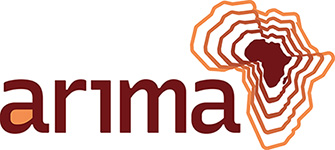 |
Bassirou Gueye ; Olivier Flauzac ; Ibrahima Niang ; Cyril Rabat - P2P4GS : une spécification de grille pair-à-pair de services auto-gérés
arima:1972 - Revue Africaine de Recherche en Informatique et Mathématiques Appliquées, 13 novembre 2014, Volume 17 - 2014 - Numéro spécial - CARI'12 - https://doi.org/10.46298/arima.1972- 1 Centre de Recherche en Sciences et Technologies de l'Information et de la Communication - EA 3804 [CRESTIC]
- 2 Laboratoire d'Informatique de Dakar
The grid-based peer-to-peer architectures were used either for storage and data sharing or computing. So far, the proposed solutions with respect to grid services are based on hierarchical topologies, which present a high degree of centralization. The main issue of this centralization is the unified management of resources and the difficult to react rapidly against failure and faults that can affect grid users. In this paper, we propose a original specification, called P2P4GS, that enables selfmanaged service of peer-to- peer grid. Therefore, we design a self-adaptive solution for services deployment and invocation which take account the paradigm of peer-to-peer services. Furthermore, the deployment, and invocation are completely delegated to the platform and are done a transparent manner with respect to the end user. We propose a generic specification that is not related to a particular peer-to-peer architecture or a management protocol services defined in advance. On the other hand, we propose a study of algorithmic complexities of deployment and service localization primitives in P2P4GS by immersing them on the classical topologies of P2P stack ie the ring and tree. The obtained performances are satisfactory for these different topologies.
